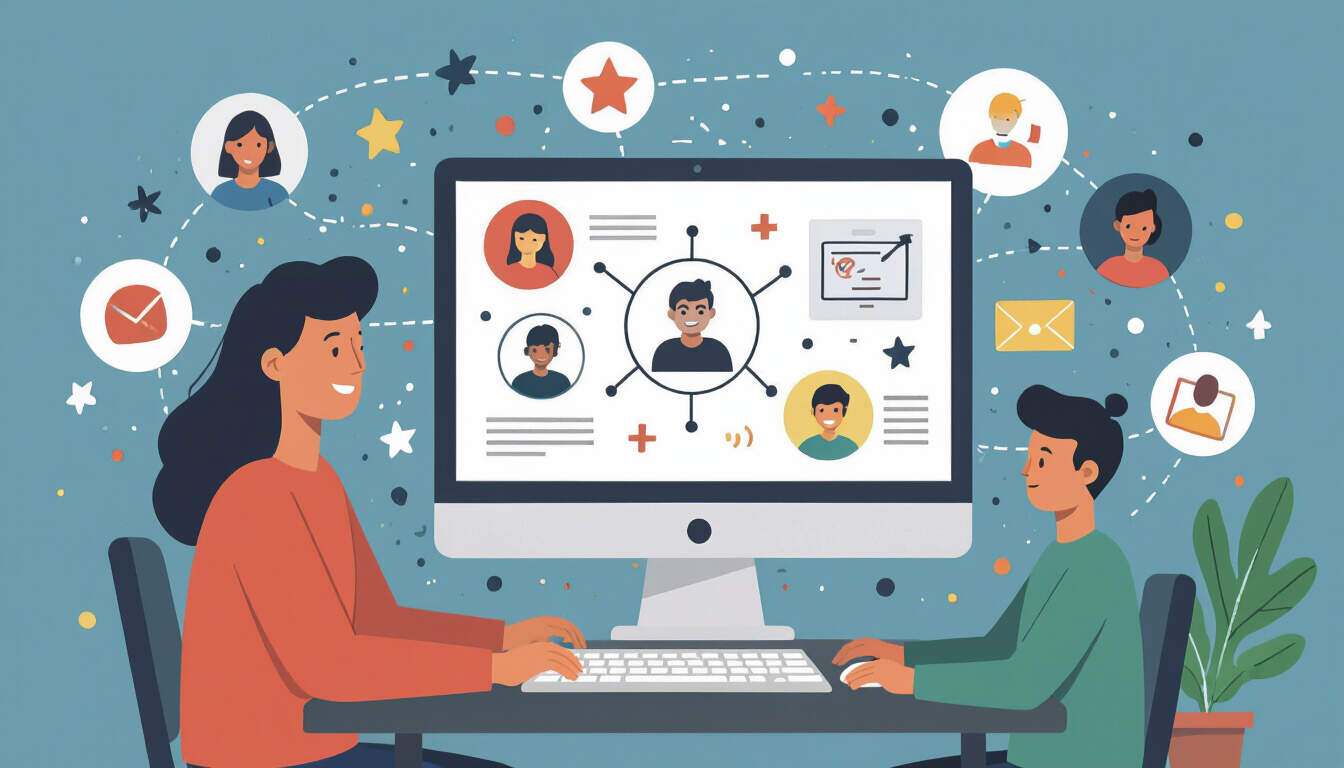Frontend Accessibility Standards for Solo SaaS Developers
 by Verner Mayer
by Verner Mayer
Explore essential frontend accessibility standards that solo SaaS developers can adopt to create inclusive web applications. Learn key practices, implementation steps, and real-world examples to ensure your software reaches a wider audience.

Frontend accessibility standards play a vital role in building software that everyone can use. For solo SaaS developers, adopting these standards helps create applications that are fair and effective for all users.
Why Accessibility Matters in SaaS
Accessibility ensures that web applications work well for people with disabilities. In SaaS projects, this means making sure features like navigation and forms are usable by screen readers or keyboard controls. For solo developers, focusing on these standards can lead to better user satisfaction and fewer legal issues.
One key area is WCAG, which provides guidelines for making content more accessible. By following these, developers can improve their apps without needing large teams.
Core Standards to Know
There are several important standards that form the foundation of frontend accessibility. ARIA attributes, for instance, add extra information to HTML elements, helping assistive technologies understand the structure of a page.
Start with basic HTML practices. Use semantic elements like headings and lists to organize content logically. This approach makes it easier for users to navigate your SaaS app.
Another standard involves color contrast and text sizing. Ensure that text is readable against backgrounds and can be resized without breaking the layout. For example, in a solo SaaS dashboard, buttons should have sufficient contrast to be visible.
Step-by-Step Implementation Guide
Implementing these standards can be straightforward with a systematic approach. First, audit your current frontend code using free tools to check for common issues.
Next, update your HTML structure. Add alt text to images so that screen readers can describe them. For instance, if your SaaS app includes user avatars, include descriptive attributes.
Then, focus on interactive elements. Make sure all forms have labels and that error messages are clear. In a real-world SaaS scenario, like a subscription management page, this prevents users from getting stuck.
Test with keyboard navigation. Go through your app using only the tab key to ensure every function is reachable. Solo developers can do this manually before deploying updates.
Finally, incorporate user feedback. Gather input from diverse testers to refine your implementation. This step helps identify overlooked problems in your SaaS architecture.
Real-World Examples in SaaS
Consider a simple SaaS tool for project management. By applying accessibility standards, developers can make task lists readable by screen readers. For example, using proper heading levels allows users to jump between sections easily.
In another case, an e-commerce SaaS platform might use accessible forms to handle checkout processes. This includes adding ARIA roles to dynamic content, ensuring that updates are announced to assistive devices.
These examples show how standards translate into practical improvements. A solo developer building a CRM system could apply similar techniques to enhance data entry forms.
Tools and Resources for Solo Developers
Several tools make it easier to maintain accessibility in SaaS projects. Browser extensions can flag potential problems during development. For code validation, use linters that check for accessibility errors.
Resources like official documentation provide clear instructions. Solo developers should integrate these checks into their workflow from the start.
Regular updates are key. As web technologies evolve, revisit your standards to keep your SaaS app compliant.
Measuring Success and Ongoing Maintenance
To gauge the effectiveness of your efforts, track user engagement metrics related to accessibility. For instance, monitor bounce rates on pages that have been updated.
Ongoing maintenance involves periodic reviews. Set aside time in your development cycle to test and refine accessibility features. This ensures your SaaS product remains inclusive over time.
In summary, by prioritizing frontend accessibility standards, solo SaaS developers can build more reliable and user-friendly applications. The process involves learning key guidelines, applying them step by step, and using real-world examples for guidance.
